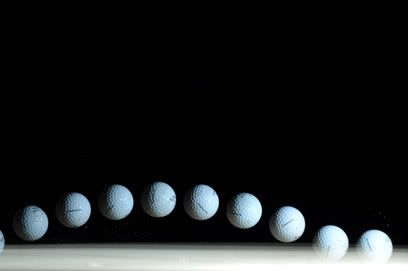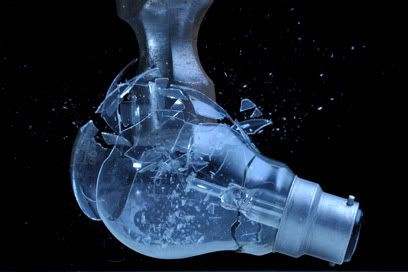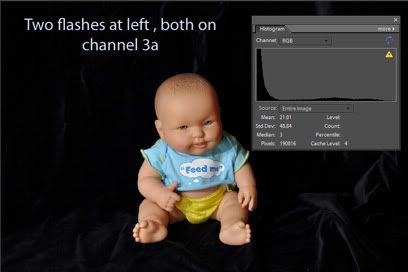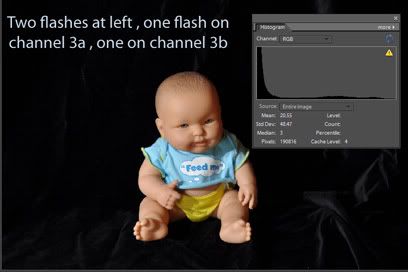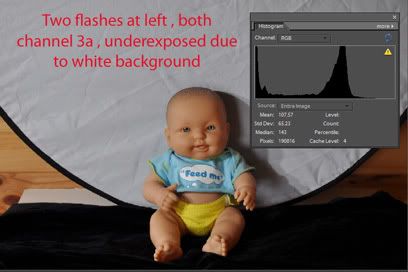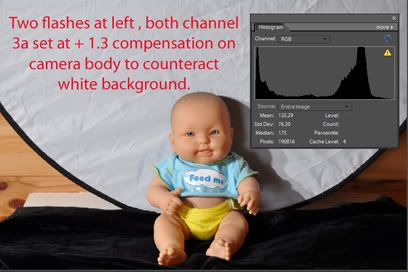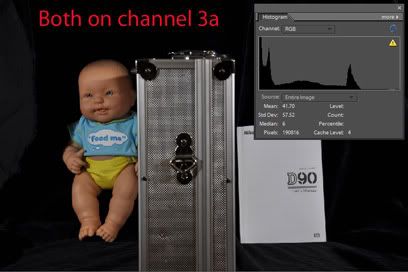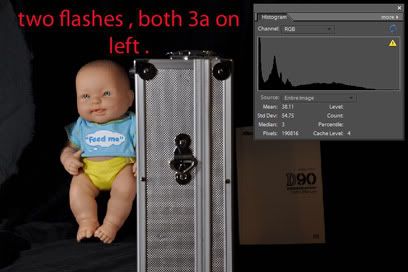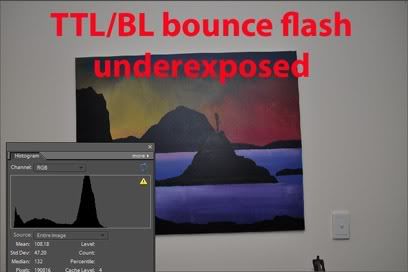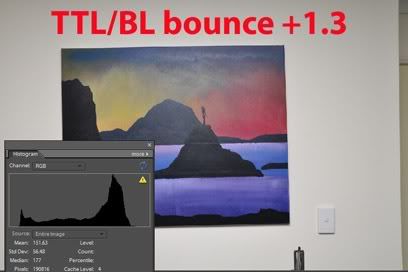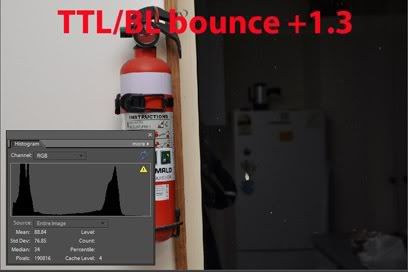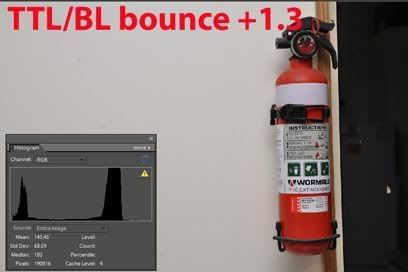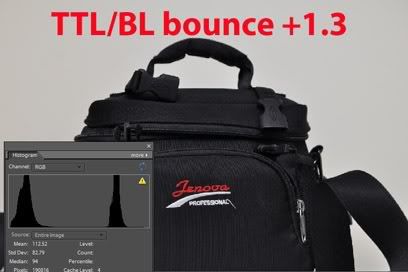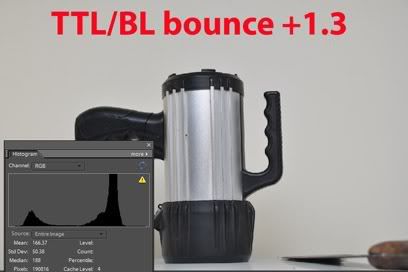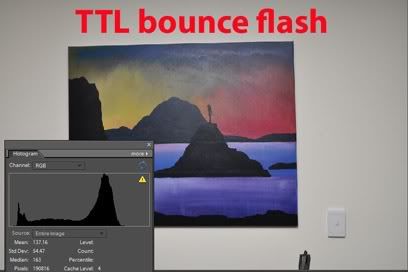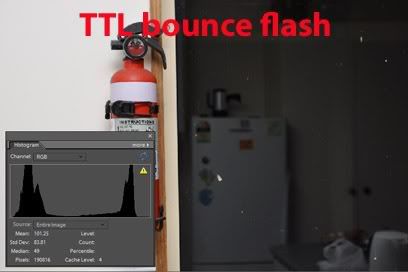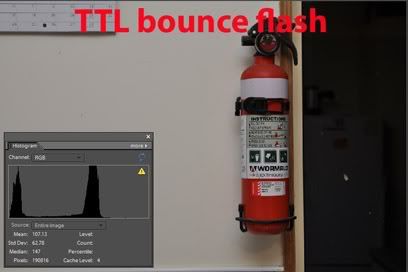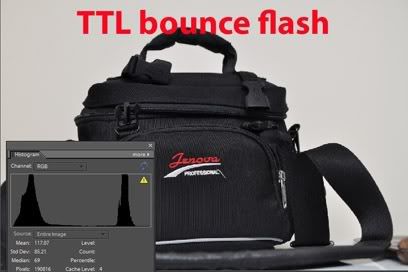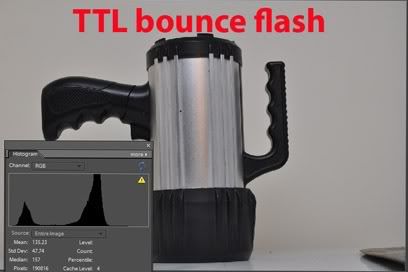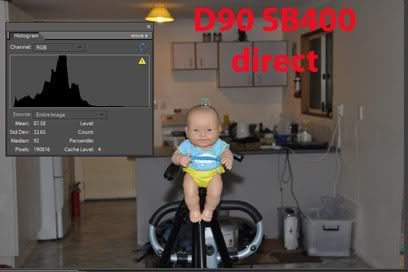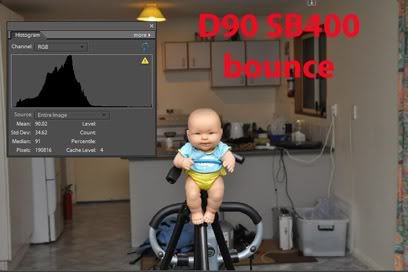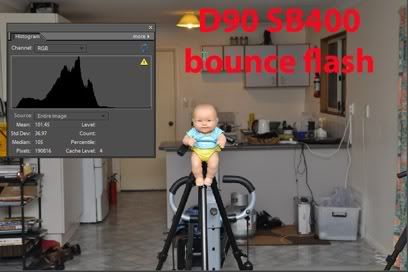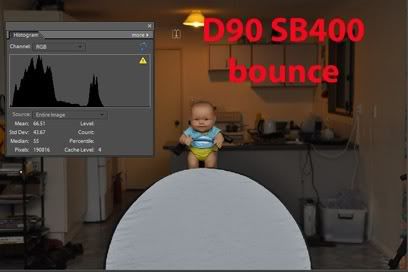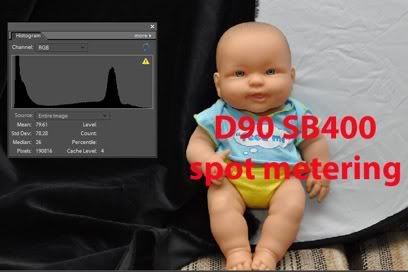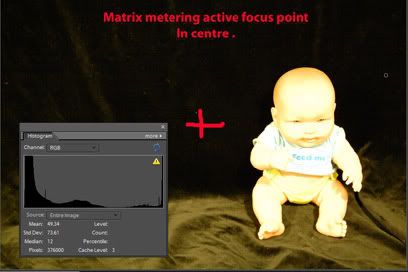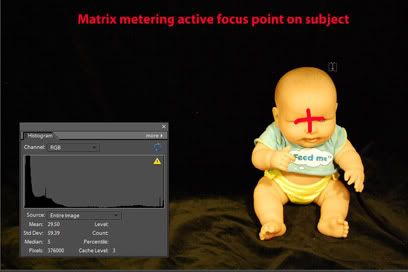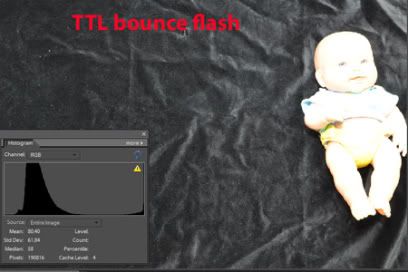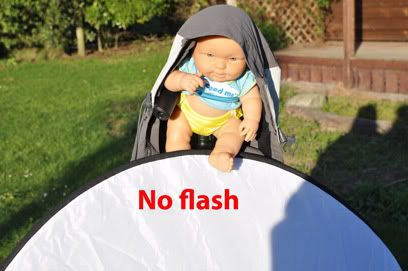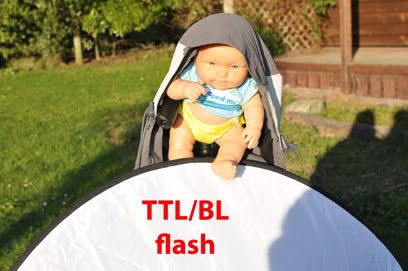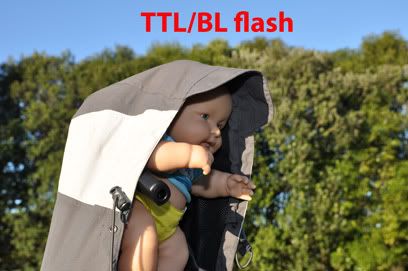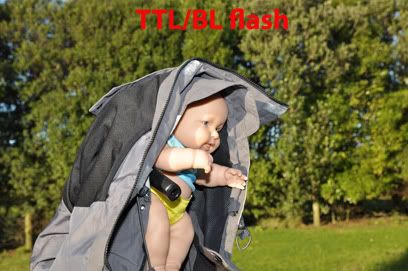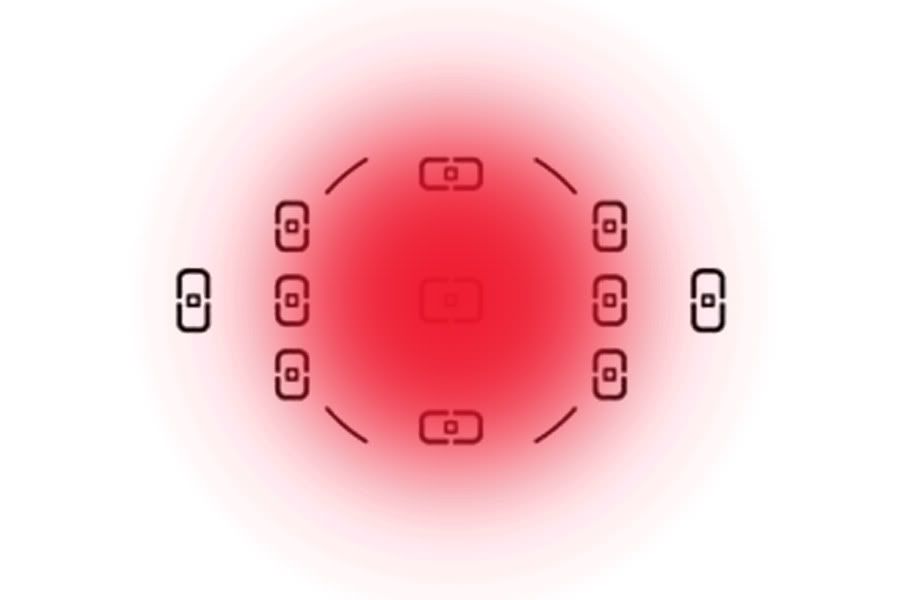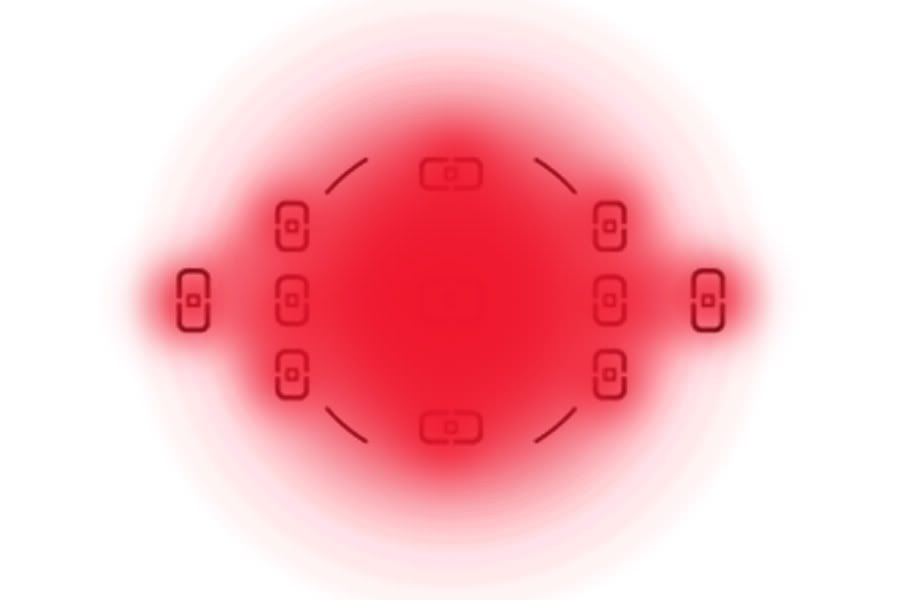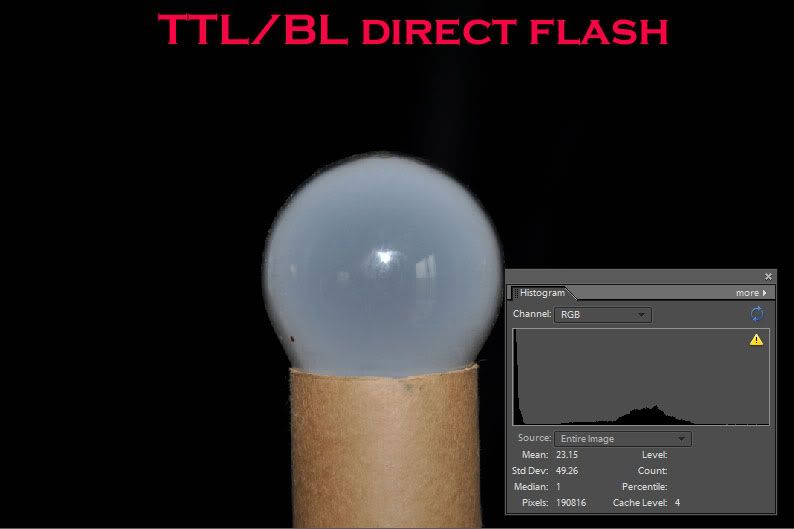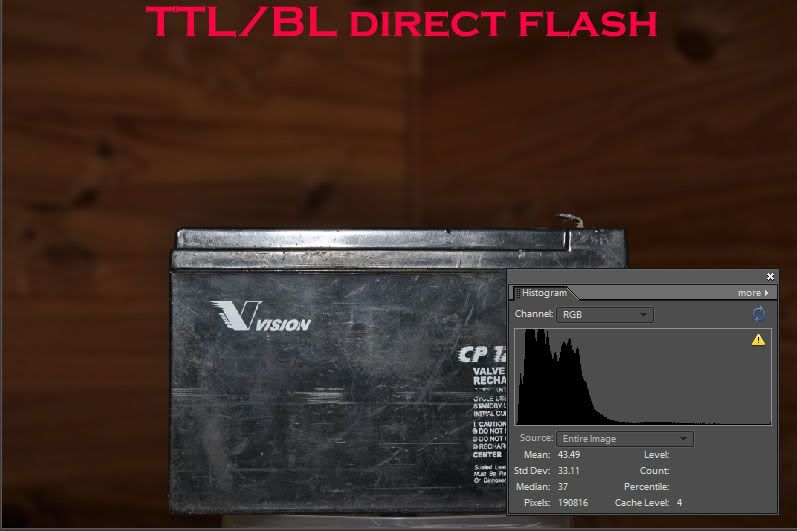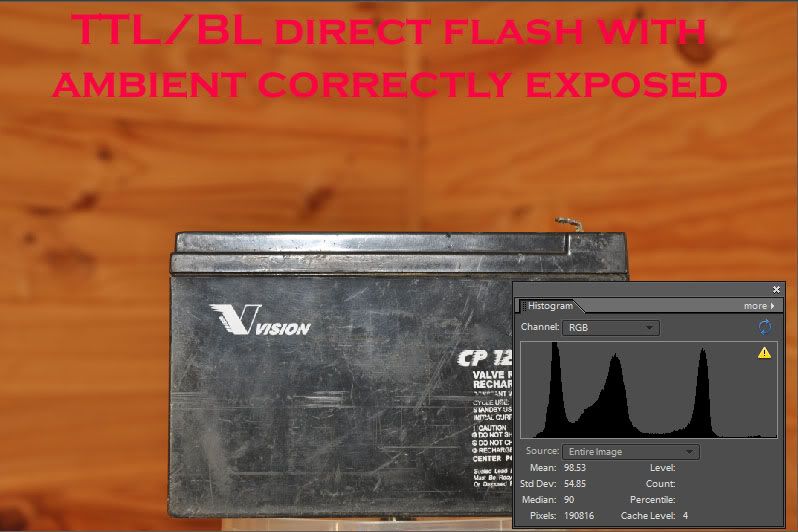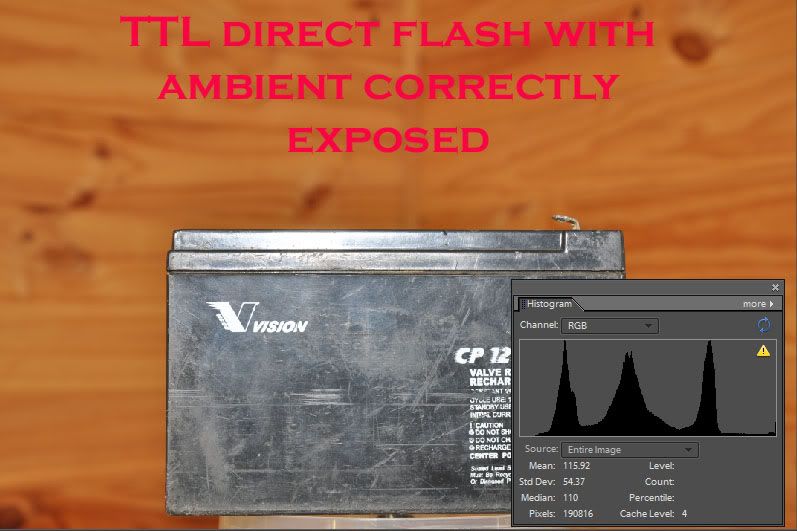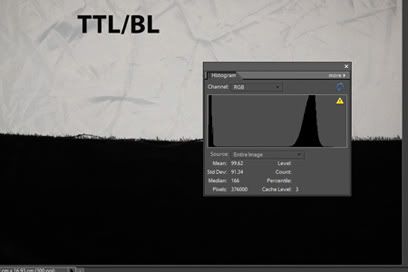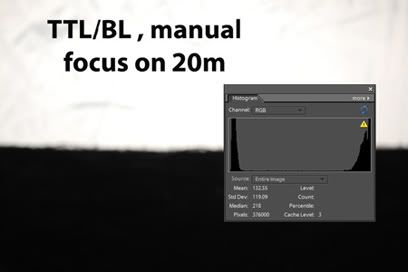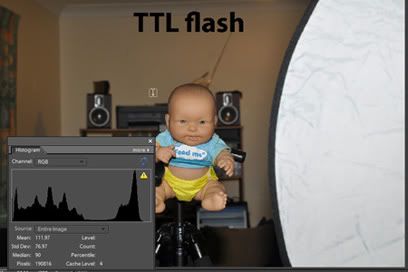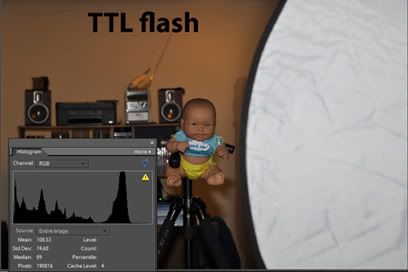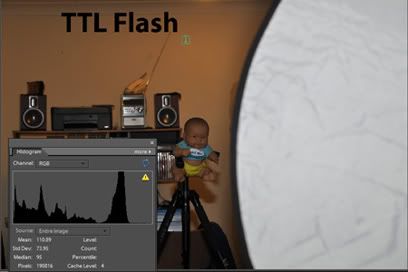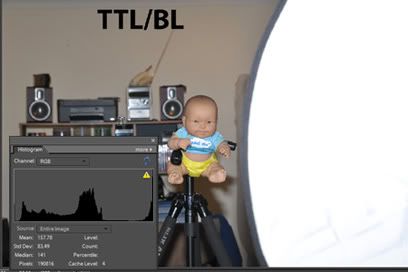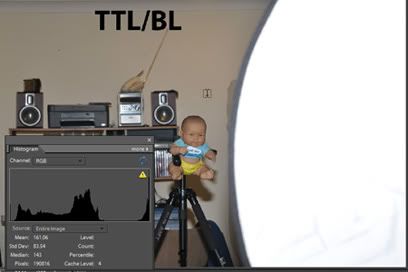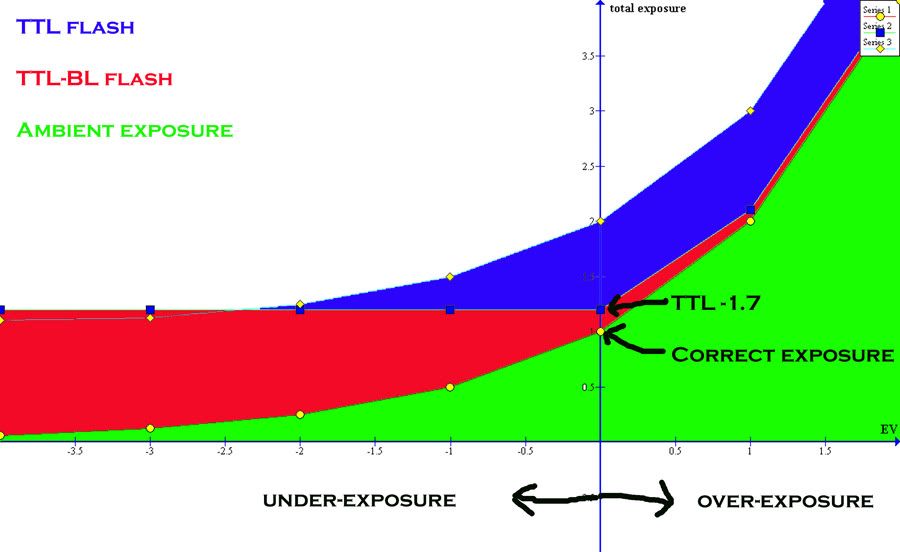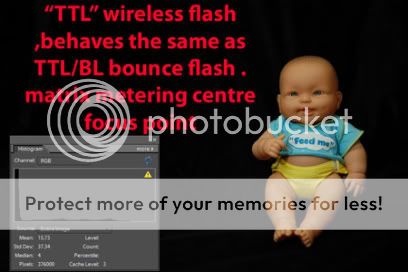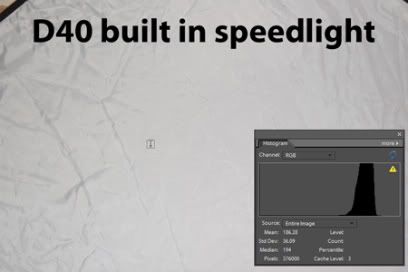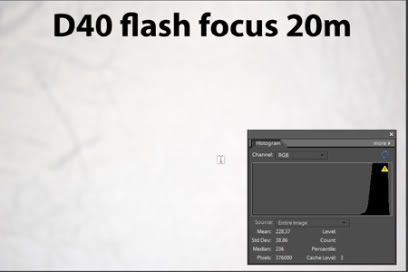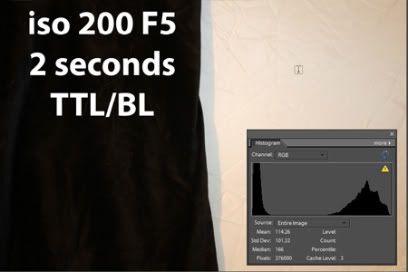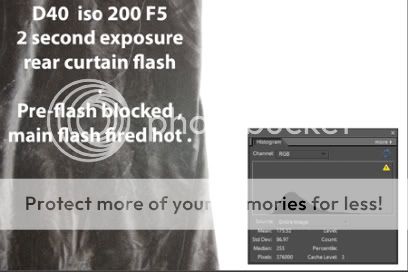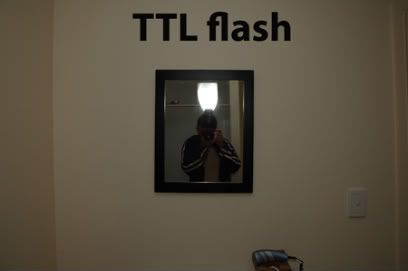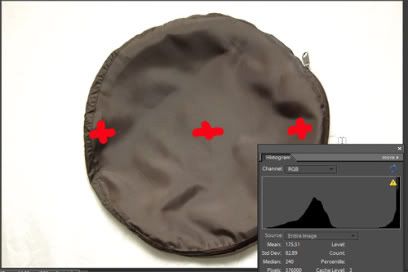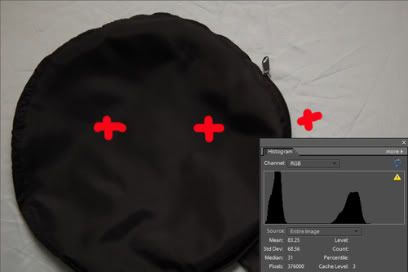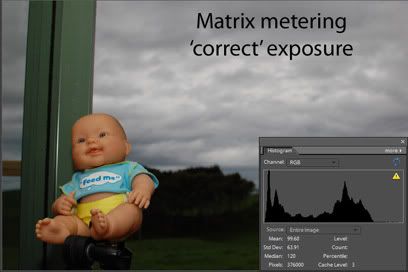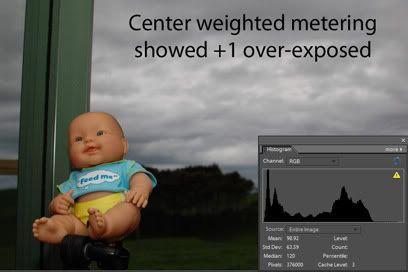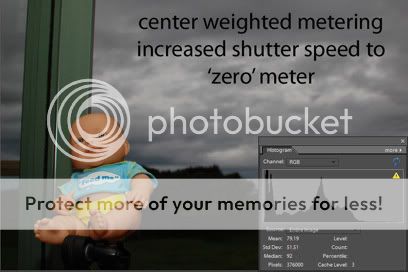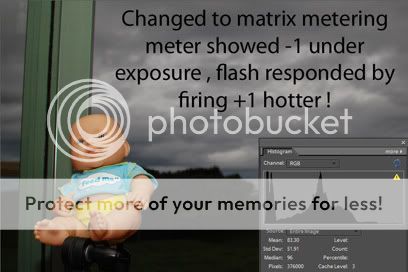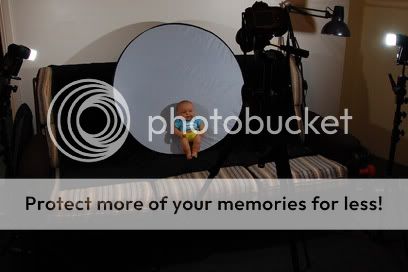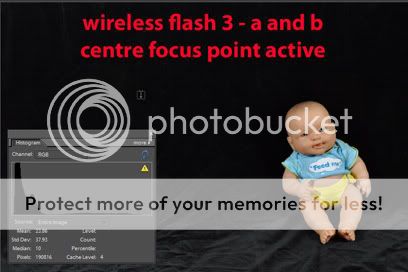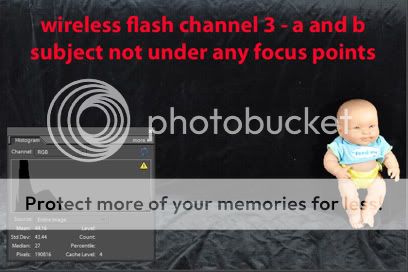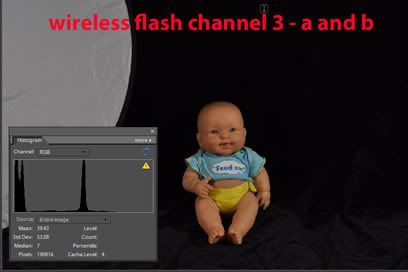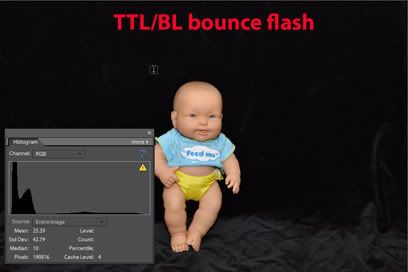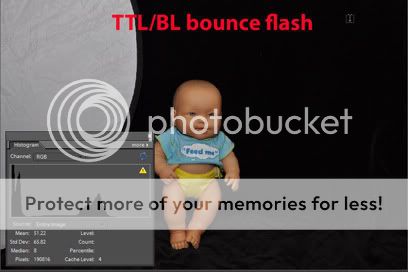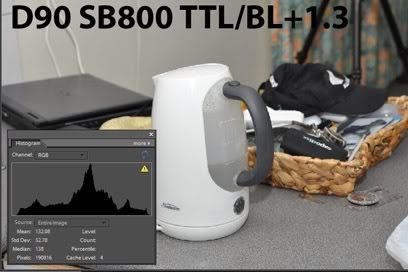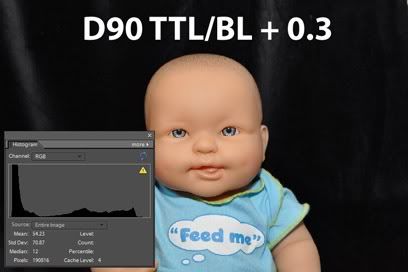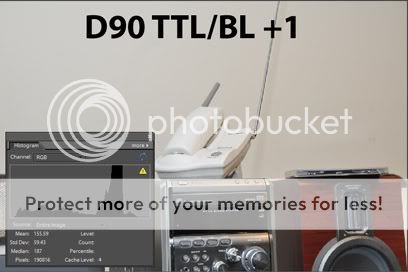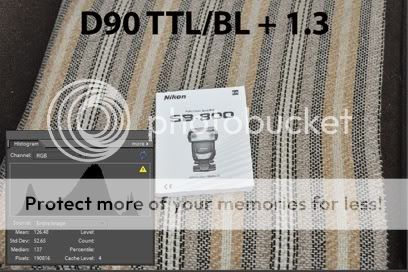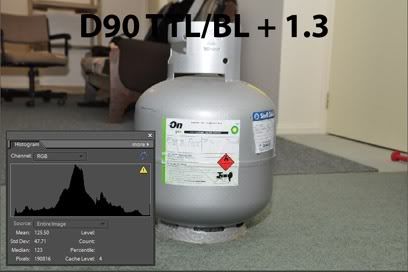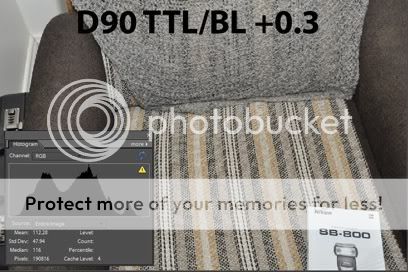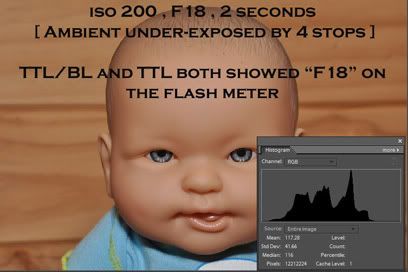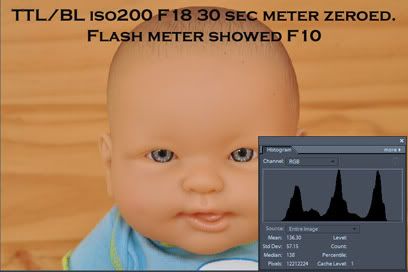I have been asked to share my technique with regard to triggering a flash for 'special' pictures .
Here's the
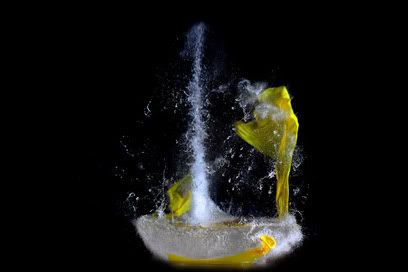
the basics :
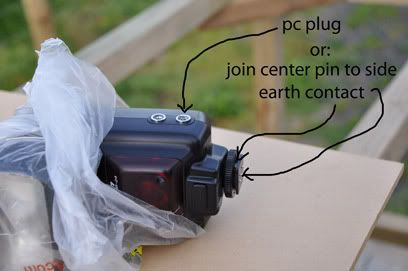
To trigger a flash you simply need to join the centre pin to the side 'earth' contact which is basically what the 'test' button does on a flash . The 'pc' plug on the side of the flash has these two contacts . if your flash doesn't have a 'pc' plug you can always use a cheap hotshoe adapter to make the contact for you
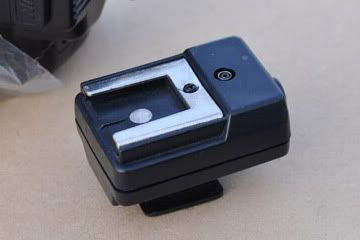
plug a 'pc' cord into it and take the two wires to the relay on the switching kit , connect them to pin 'com' and 'no' contacts of the relay [ 'common' and 'normally open' ] .
The picture is taken in a very dark room or at night outside , especially if you are shooting water balloons with an air rifle ! Set up the camera in manual mode, lowest iso , around F9 and two seconds exposure which gives a pitch black image if there is no additional light .
Take a few test images and adjust the distance of the flash to get correct exposure before you start destroying anything .
Then you need to trigger the flash , there are various ways to do this but in this case I bought a voice activated switch kit and modified it .
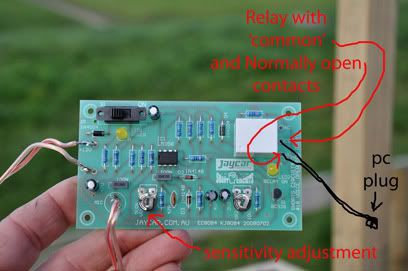
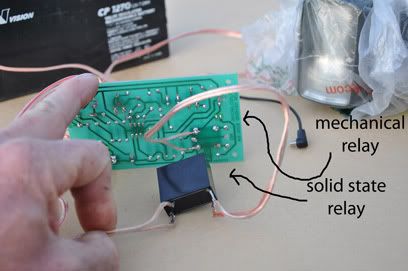
I also added a two metre length of wire to the mic so I could move it around .
It would have still worked with the original relay but there would have been a slight delay when it pulls in - I added a solid state relay for instant switching and the first images were of a balloon with a hole in it that hadn't had time to split yet !
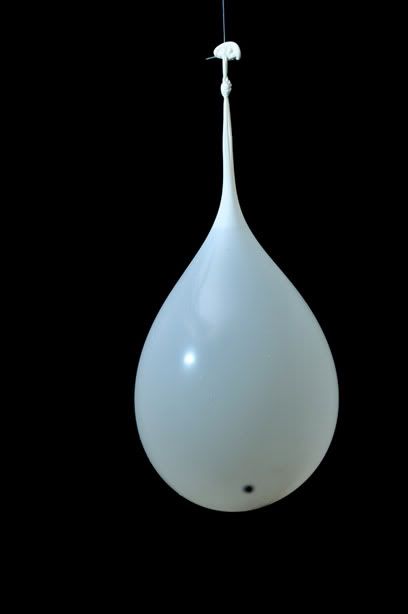
What you need to do in a case like this is keep moving the mic further away so the sound has to travel further , until you catch the explosion at the right moment in time .
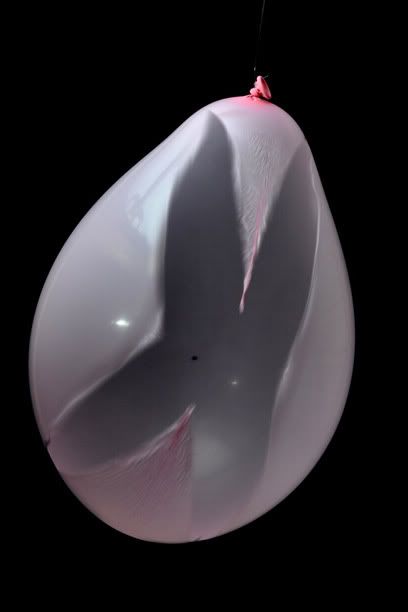
I set the camera up on a tripod [ D90 , 70-200VR lens , but any camera would do the job if it has a manual mode - even a compact ! ] , fill the balloon and place it on the table , trigger the camera with the remote and you have two seconds to fire !
The sound of the air rifle triggers the 'voice activated switch ' and the relay joins the two 'pc' wires together which fires the flash . the lowest power on an SB24 is 1/16th which fires at 1/11000th sec and for some shots I used the Sb800 at 1/128th power which gave me 1/41600th sec .
That's the pellet behind the balloon , at 1/11000th sec .
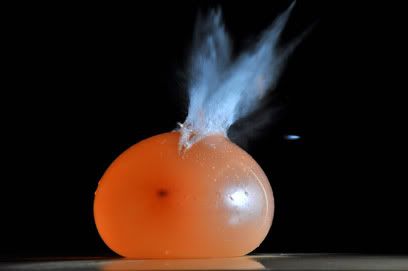
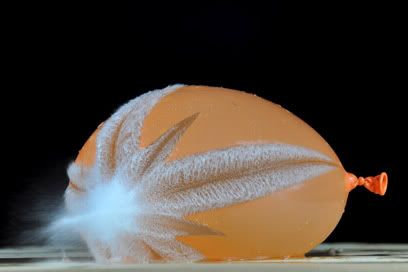
Someone sugested I try safety goggles so I said "ok"

You could add food colouring
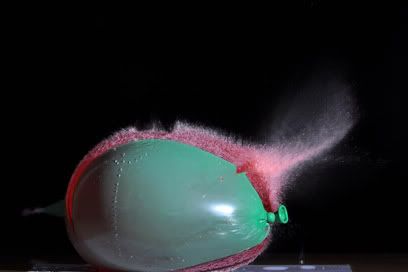
And of course not every country allows the use of air rifles and you don't all live on a farm like I do so you could just put the mic on a table and drop a glass of water or something to trigger the flash ...
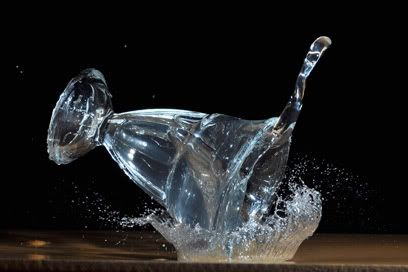
These are just a few of the things I tried , you can photograph anything that makes a sound that will trigger the flash - how about setting your SB800 to 100hz repeating flash and dropping a golf ball .... it needs some work still but shows one of the many other possibilites for sound activated flash pictures !
